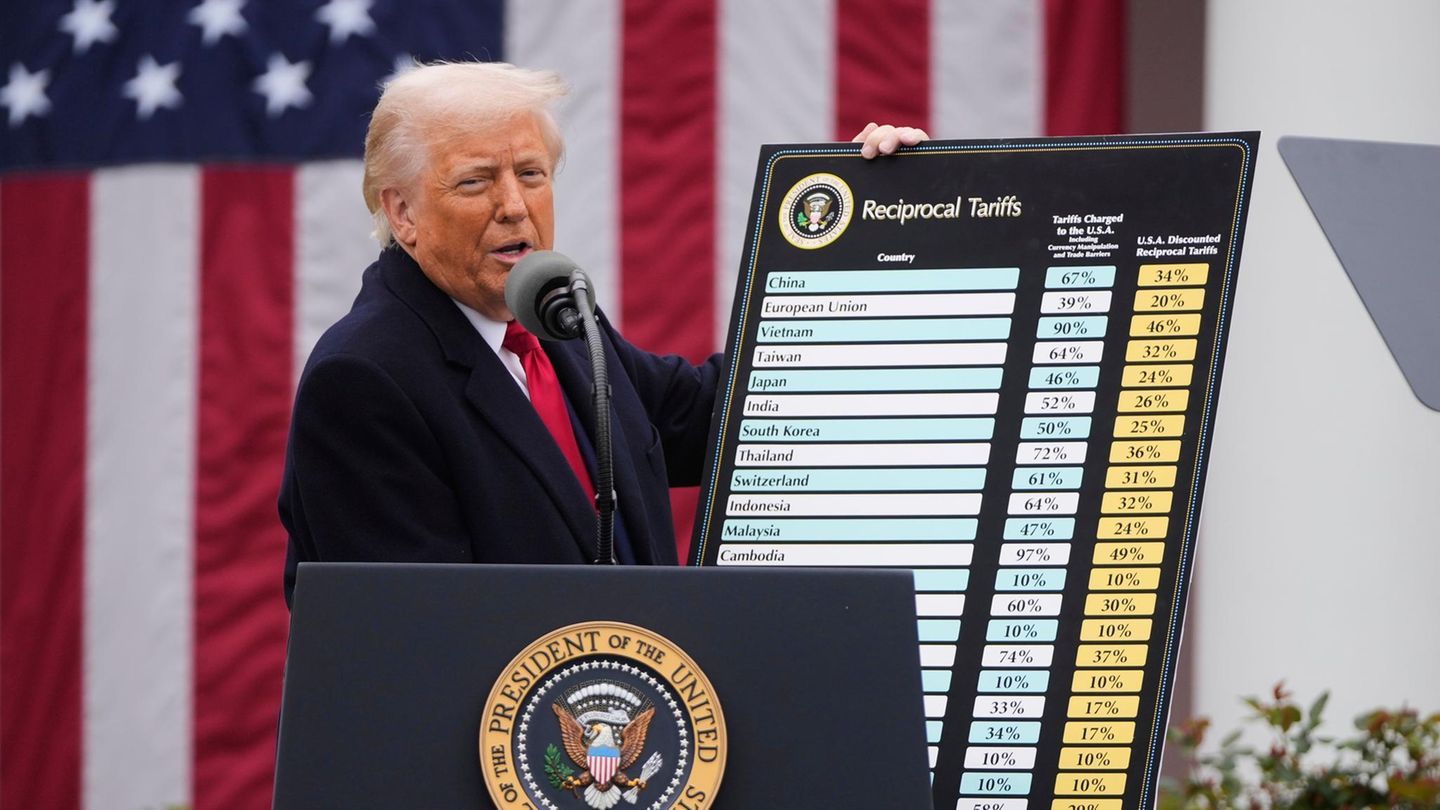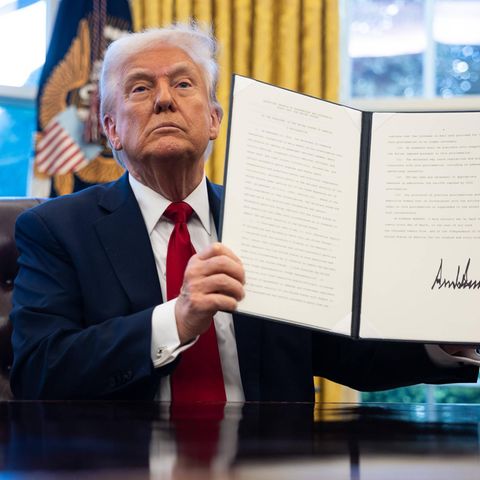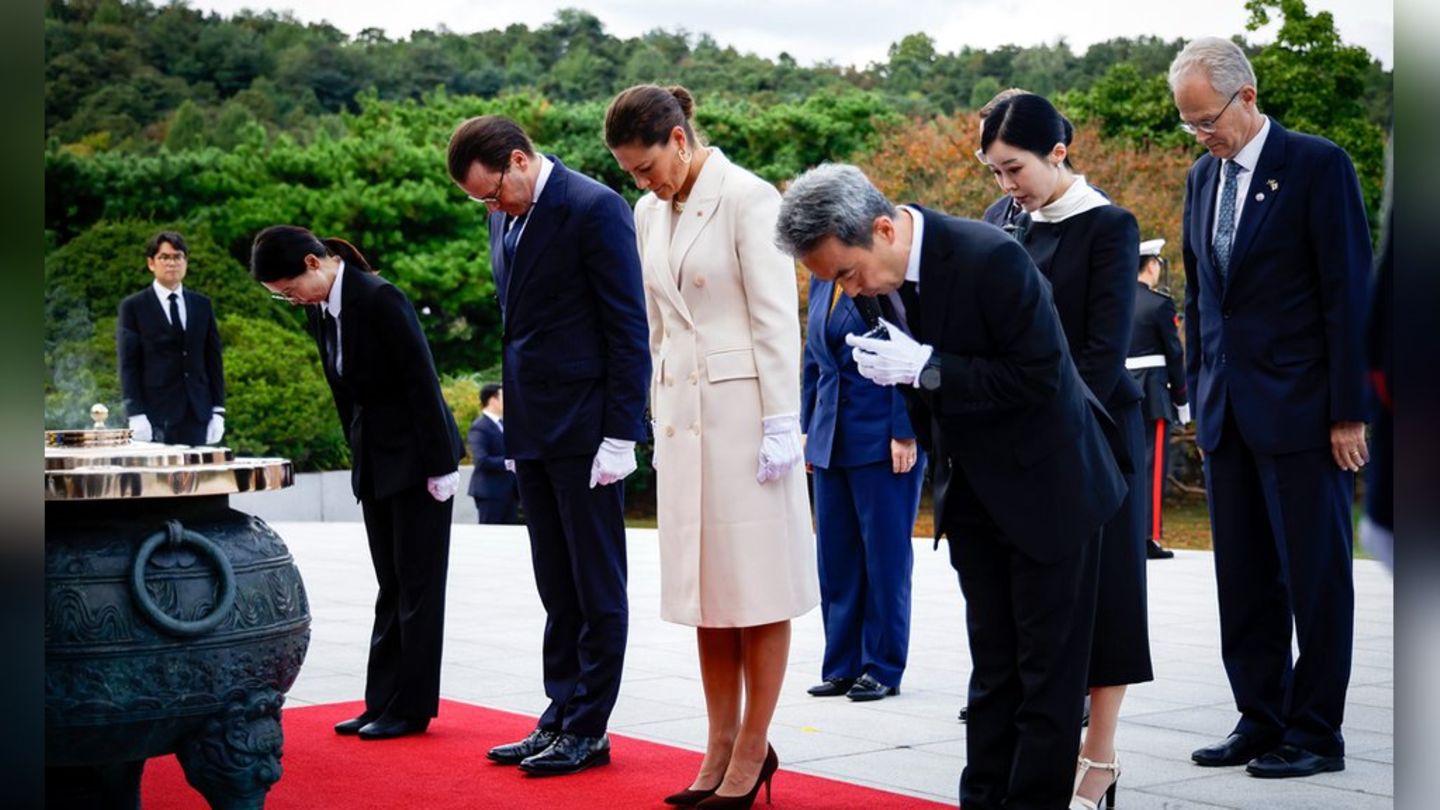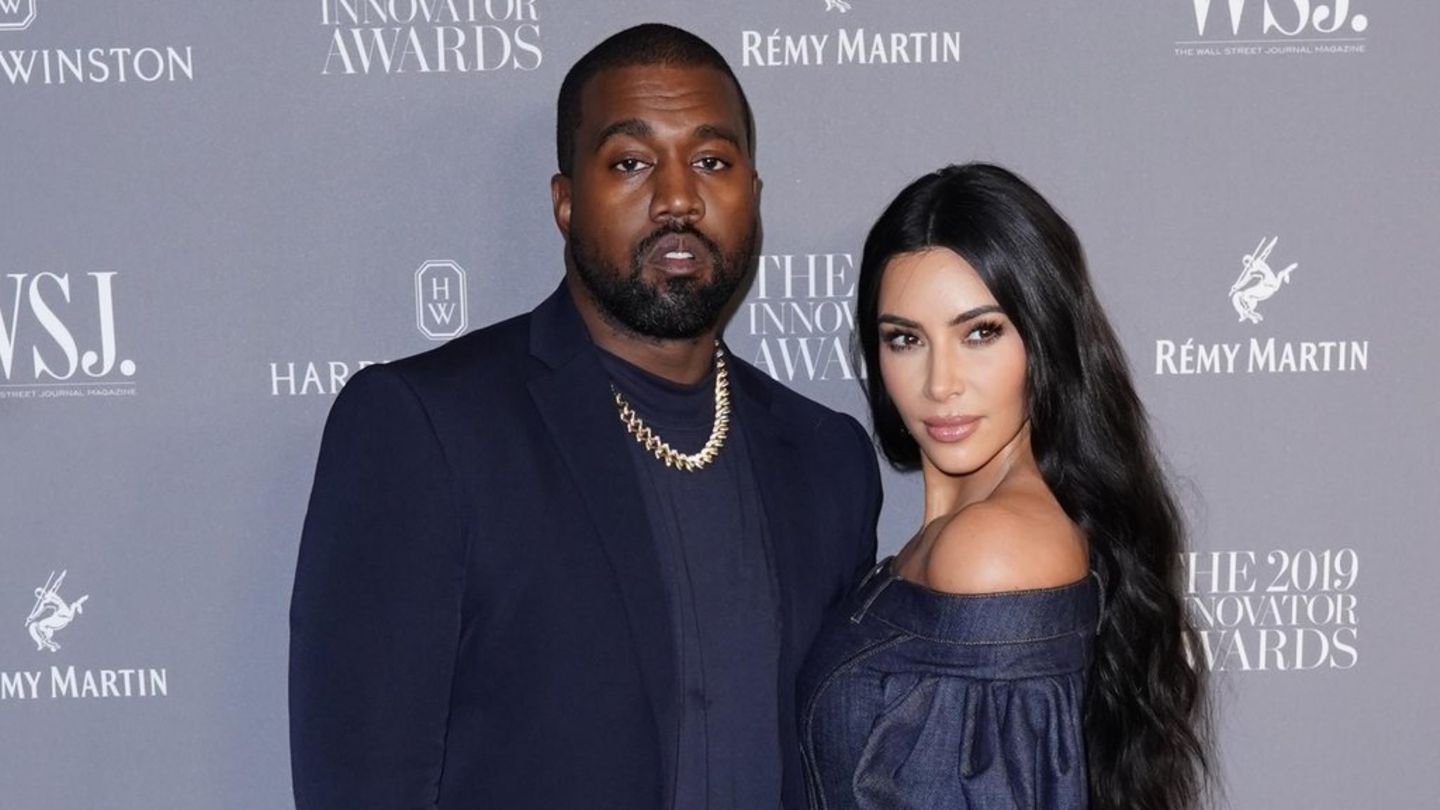Historical appearance
Trump and his board: the countries should pay so much tariffs
Copy the current link
Add to the memorial list
Donald Trump used a board to proclaim the tariffs that the United States want to raise. It indicates which tariffs the countries will hit. An overview.
During the presentation, in which he announced the expected tariffs against some countries, Donald Trump used a printed table that infiltrated the height of the tariffs for selected countries. He wanted to set up larger boards, but because it was so windy in the rose garden of the White House, they would only be over, said the US President.
Therefore, a shortened table had to serve with three columns. In one thing the country (or the state network) stood in the next column the height of the tariffs that these countries would demand for US goods and finally the reciprocal tariffs that the US government would now like to raise. Reciprocal tariffs are counter -tariffs that are raised by the other country in response to import duties of one nation, which is affected by the tariffs.
The islands of Saint-Pierre and Miquelon in the French overseas and Lesotho with 50 percent are sad. The “Minimum” Ten percent is ten percent of tariffs that the United States now want to raise. From the point of view of the Trump government, it is an alignment of the duty rate in these cases. The EU should pay 20 percent in the future.
Customs: That likes Donald Trump’s table
Using the example of China, Trump said that the Chinese government raised 67 percent on US goods-Trump is not only duties, but also “Monetary manipulation”Theft of intellectual property and subsidies. In return, the United States is now raising 34 percent (even 54 percent accumulates). “We calculate less, how can you get upset?”asked Trump rhetorically. “But they will get upset because we never calculate anything.” The fact that the bill is valid can at least be questioned.
This argument runs through the entire appointment. Donald Trump accused the United States economically “Plage, brand hook and rape”. The fact is: the United States also raised tariffs to foreign goods. In fact, they were after. Trump changed something during his first term as president.
How the affected nations – especially the EU and China – will react to the new tariffs will be shown in the coming days. But a lot indicates a trade war. There was such a one 100 years ago. Even then, a Republican US government had greatly increased the tariffs. The “that this was followed by a worldwide recession. “Worldwide industrial production fell by 32 percent.”
Donald Trump’s tariffs per country in the overview
This table shows the tariffs imposed, as Trump presented:
| Land/State Confederation | Reciprocal tariffs |
| Saint Pierre and Miquelon | 50% |
| Lesotho | 50% |
| Cambodia | 49% |
| Laos | 48% |
| Madagascar | 47% |
| Vietnam | 46% |
| Sri Lanka | 44% |
| Myanmar (Burma) | 44% |
| Falkland Islands | 42% |
| Syria | 41% |
| Mauritius | 40% |
| Iraq | 39% |
| Guyana | 38% |
| Serbia | 37% |
| Liechtenstein | 37% |
| Botswana | 37% |
| Bangladesh | 37% |
| Reunion | 37% |
| Thailand | 36% |
| Bosnia and Herzegovina | 35% |
| China | 34% |
| Northern Macedonia | 33% |
| Taiwan | 32% |
| Indonesia | 32% |
| Fiji | 32% |
| Switzerland | 31% |
| Vltava | 31% |
| South Africa | 30% |
| Ageria | 30% |
| Nauru | 30% |
| Pakistan | 29% |
| Norfolkinsel | 29% |
| Tunisia | 28% |
| Kazakhstan | 27% |
| India | 26% |
| South Korea | 25% |
| Malaysia | 24% |
| Japan | 24% |
| Brunei | 24% |
| Vanuatu | 23% |
| Namibia | 21% |
| Ivory Coast | 21% |
| Jordan | 20% |
| European Union | 20% |
| Nicaragua | 18% |
| Zimbabwe | 18% |
| Malawi | 18% |
| Zambia | 17% |
| Philippines | 17% |
| Israel | 17% |
| Mozambique | 16% |
| Venezuela | 15% |
| Norway | 15% |
| Nigeria | 14% |
| Chad | 13% |
| Equatorial guinea | 13% |
| Congo | 11% |
| United Arab Emirates | 10% |
| Uruguay | 10% |
| Ukraine | 10% |
| Türkiye | 10% |
| Trinidad and Tobago | 10% |
| Singapore | 10% |
| Saudi Arabia | 10% |
| Peru | 10% |
| Panama | 10% |
| Oman | 10% |
| New Zealand | 10% |
| Morocco | 10% |
| Colombia | 10% |
| Kenya | 10% |
| Qatar | 10% |
| Iceland | 10% |
| Honduras | 10% |
| Haiti | 10% |
| Guatemala | 10% |
| Great Britain | 10% |
| Ghana | 10% |
| El Salvador | 10% |
| Ecuador | 10% |
| Dominican Republic | 10% |
| Costa Rica | 10% |
| Chile | 10% |
| Brazil | 10% |
| Bolivia | 10% |
| Bahrain | 10% |
| Bahamas | 10% |
| Australia | 10% |
| Ethiopia | 10% |
| Argentina | 10% |
| Egypt | 10% |
The sources of the table are ,, and the . The data only show a selection of countries.
Note: The article has been revised.
Source: Stern
I have been working in the news industry for over 6 years, first as a reporter and now as an editor. I have covered politics extensively, and my work has appeared in major newspapers and online news outlets around the world. In addition to my writing, I also contribute regularly to 24 Hours World.





